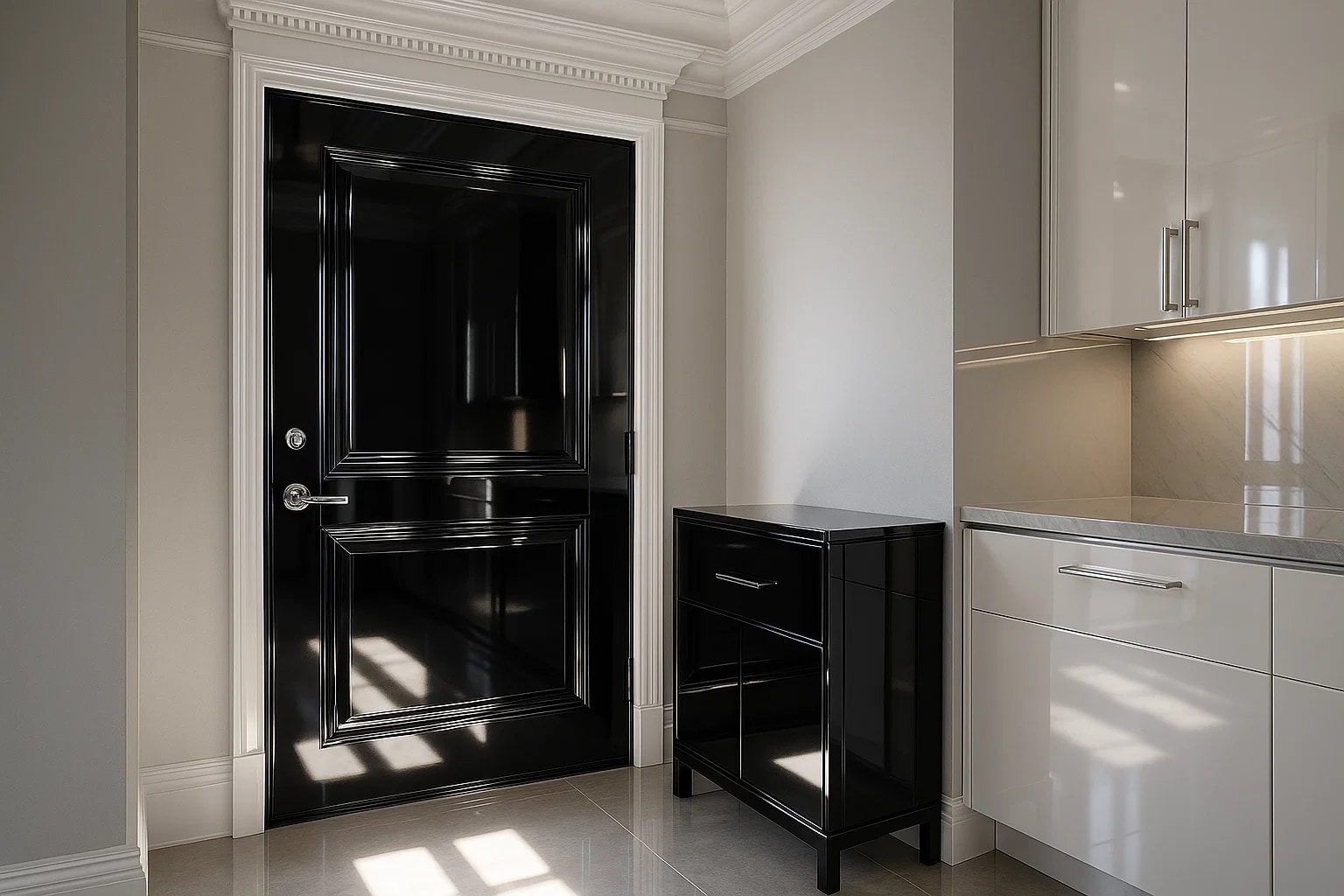
High-Gloss Paint: A Complete Technical Profile for Professionals
Matthew Rogers
June 3, 2025
4 min read
0:00 / 8:13
High-Gloss Paint: A Complete Technical Profile
High-gloss paint stands as the pinnacle of sheen and durability in the architectural coatings industry. [1] It delivers a mirror-like, glass-smooth surface that offers maximum light reflection and the highest level of protection available. [2, 3] Understanding its demanding technical profile is crucial for any professional painter aiming to achieve a flawless, high-end finish. This guide breaks down the key specifications, performance metrics, and application challenges of high-gloss paint.
Defining High-Gloss: The Technical Metrics
A finish is classified as high-gloss based on its ability to reflect light, measured in gloss units (GU) at specific angles. [4, 5]
Gloss Units (GU)
According to the ASTM D523 standard, high-gloss is typically defined as having a gloss reading of **over 70 GU when measured at a 60-degree angle**. [4, 5] For the highest sheens, a 20-degree measurement is often used to provide better differentiation, with readings typically falling in the 70-90+ GU range. [4]
Light Reflectance Value (LRV)
High-gloss finishes have the highest LRV for any given color, reflecting 70% or more of the light that hits them. [1, 2] This creates a bright, wet look that can make colors appear richer and more saturated. [1]
Ideal Applications for High-Gloss Finishes
Due to its demanding nature and intense shine, high-gloss is best reserved for surfaces that require maximum durability or are intended to be dramatic focal points. [2, 6]
- Architectural Trim and Millwork: Its durability makes it perfect for doors, window casings, and baseboards that endure frequent contact. [3, 6]
- Cabinetry: In kitchens and bathrooms, a high-gloss finish provides a hard-wearing, easily cleanable surface that resists moisture and stains. [2, 3]
- High-Impact Accent Features: Ideal for front doors, furniture, and fireplace mantels where a striking, lacquer-like effect is desired. [2, 6]
Performance Specifications: The Professional Standard
High-gloss paint is formulated for ultimate performance, which is reflected in its technical ratings.
Durability and Washability
With a very low pigment volume concentration (PVC), the paint film is composed almost entirely of resin, making it extremely non-porous and durable. [1] This results in exceptional performance in industry-standard tests:
- Scrub Resistance (ASTM D2486): Can withstand **4,000+ scrub cycles**, making it suitable for the most demanding environments. [1]
- Washability (ASTM D4828): Its hard, non-porous surface prevents stains from penetrating, allowing for aggressive cleaning without burnishing or color rub-off. [3, 6]
Touch-Up and Repair
The primary drawback of a high-gloss finish is its unforgiving nature. The mirror-like surface makes it **nearly impossible to perform invisible touch-ups**. [2, 6] Any repair will likely be visible from certain angles, often requiring the entire surface to be repainted to achieve a uniform appearance. [2]
Application: The True Test of Skill
Achieving a perfect high-gloss finish requires meticulous preparation and master-level technique, as the sheen will magnify every flaw. [2, 7]
Surface Preparation
This is the most critical step. The substrate must be **perfectly smooth (Level 5 finish)**. [7] Every minor imperfection, from dust specks to sanding marks, will be highlighted by the high sheen. [2, 7] Using a high-quality primer is essential to ensure proper adhesion and a uniform base. [7]
Application Technique
- Tools: Use only premium tools. High-density foam rollers, high-quality synthetic brushes (like nylon/polyester), or professional HVLP spray equipment are recommended to minimize application marks. [2, 7]
- Flow and Leveling: High-gloss paints are formulated for superior flow and leveling, but this also makes them prone to runs and sags if applied too heavily. [7]
- Curing Time: While often dry to the touch in a few hours, a full cure to maximum hardness can take **21 to 30 days**. [1] The surface remains vulnerable to damage during this period.
Conclusion
High-gloss paint offers unparalleled durability and a stunning, luxurious aesthetic. However, its successful application is a testament to a painter's skill in preparation and execution. By understanding the technical metrics behind its performance—from its 70+ GU rating to its exceptional scrub resistance—professionals can confidently recommend and apply this demanding finish, delivering spectacular results that justify its premium status.
Frequently Asked Questions
Citations & Sources
- BEHR - How To Choose An Interior Paint Sheen & Finish
- Sherwin-Williams - How to Choose a Paint Sheen
- Dunn-Edwards Paints - Paint Sheen Chart & Gloss Paint Guide
- BYK-Gardner - Understanding Gloss Measurement
- Master Painters Institute (MPI) - MPI Approved Products List Glossary
- Bob Vila - All the Paint Sheens, Explained
- This Old House - All About Paint Sheen
Ready to Transform Your Painting Business?
Join the revolution in professional painting quotes
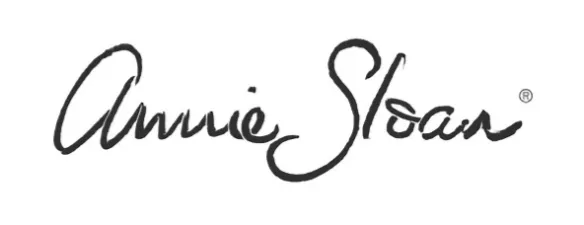


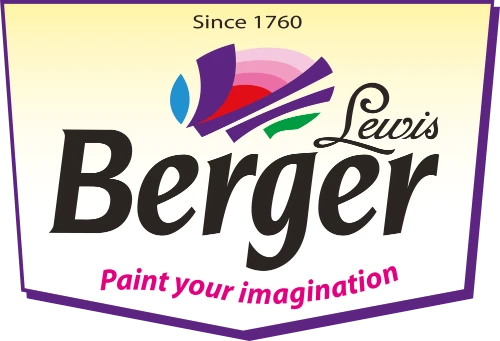


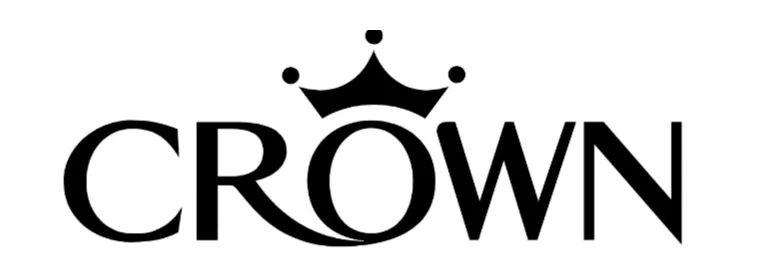

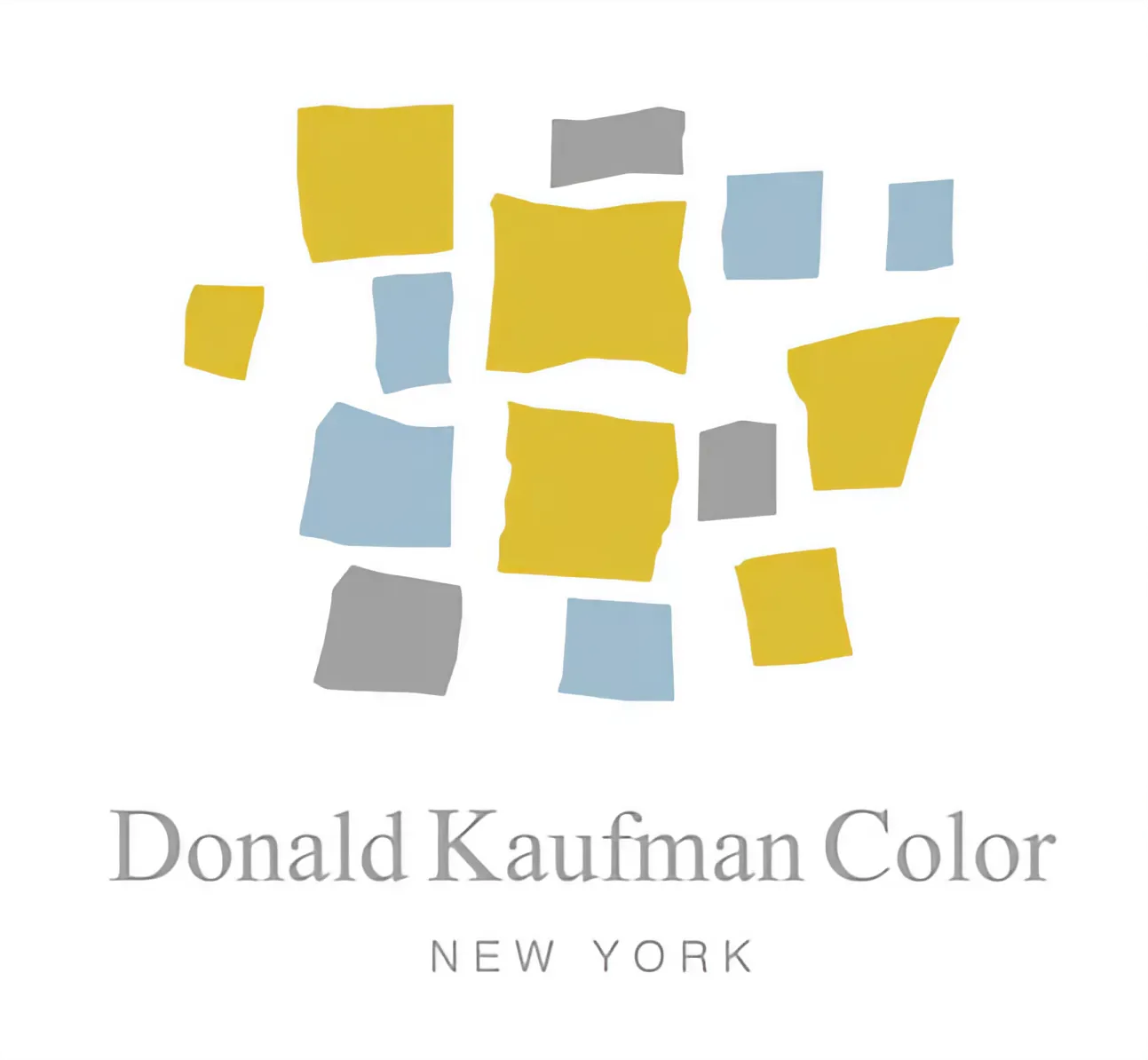
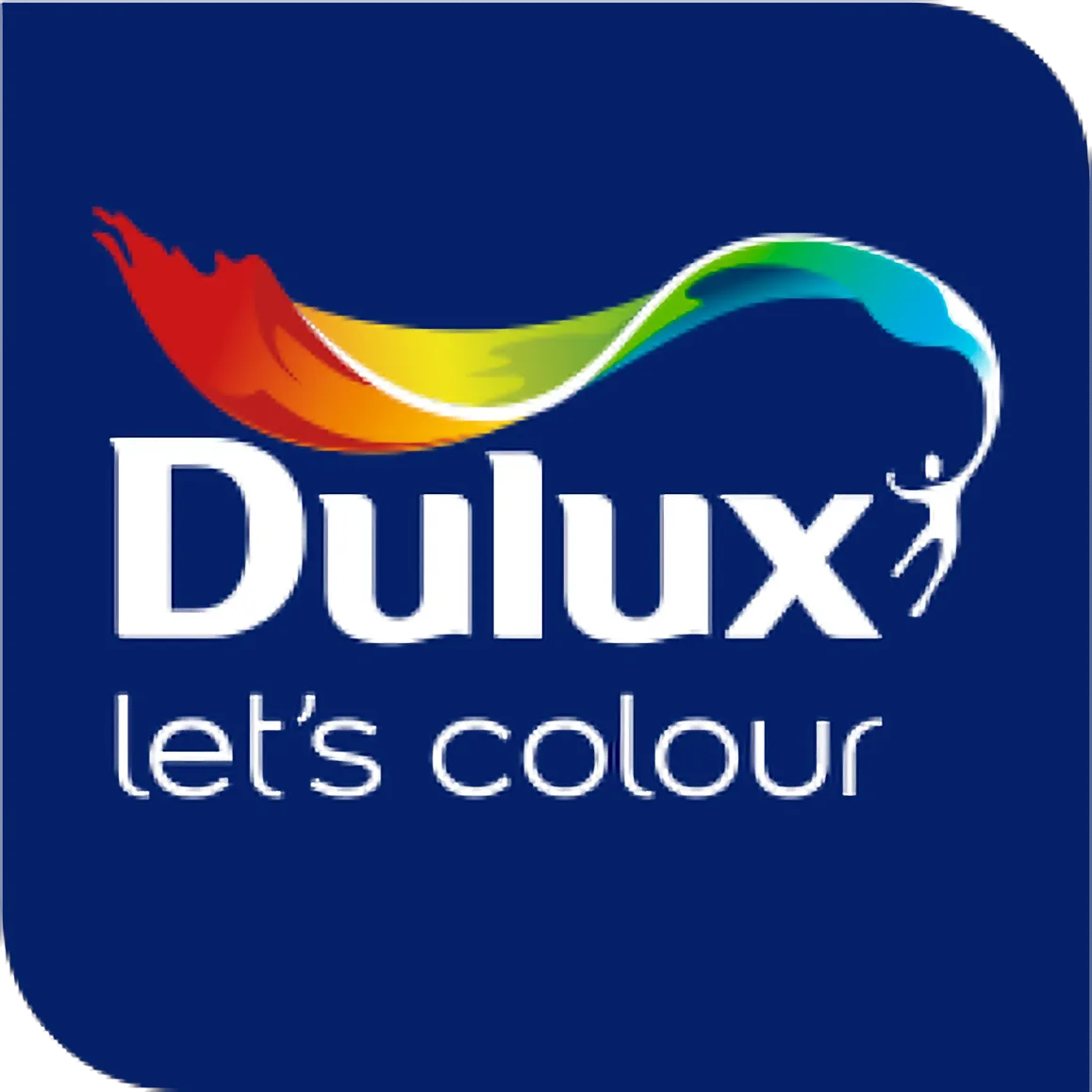


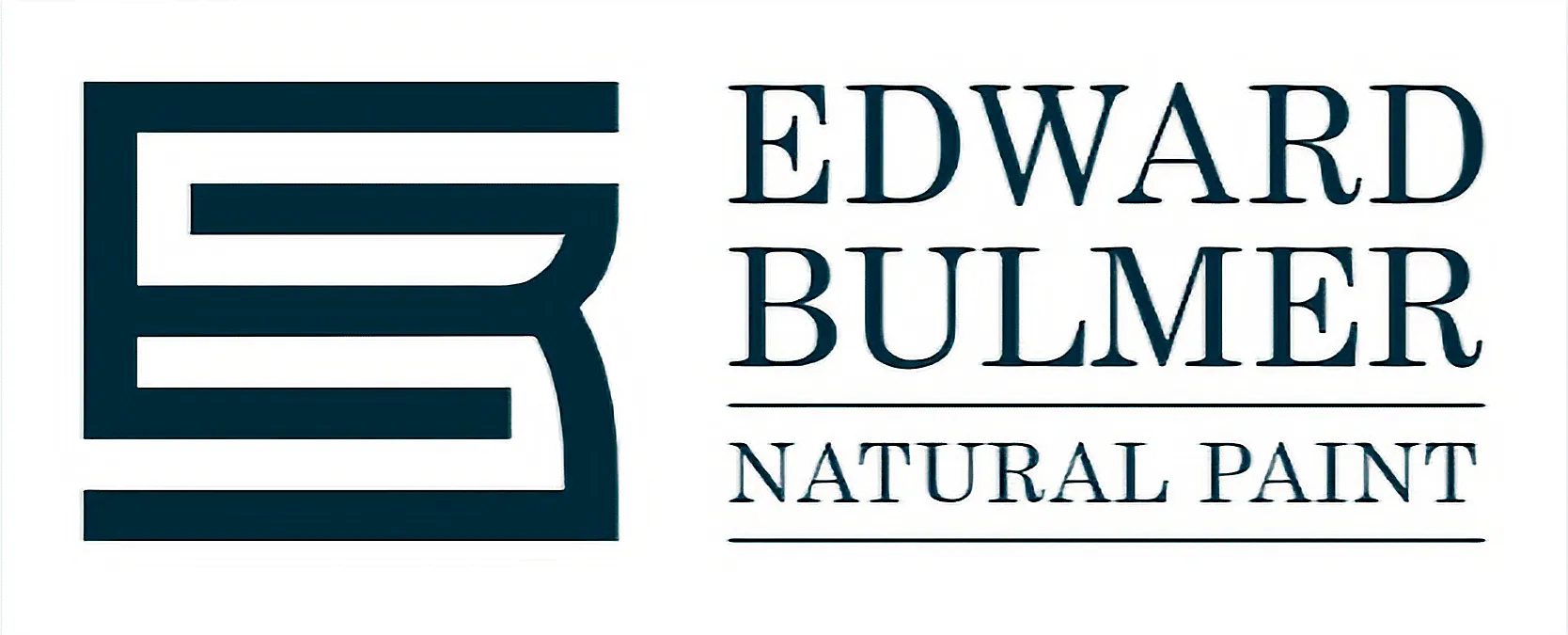
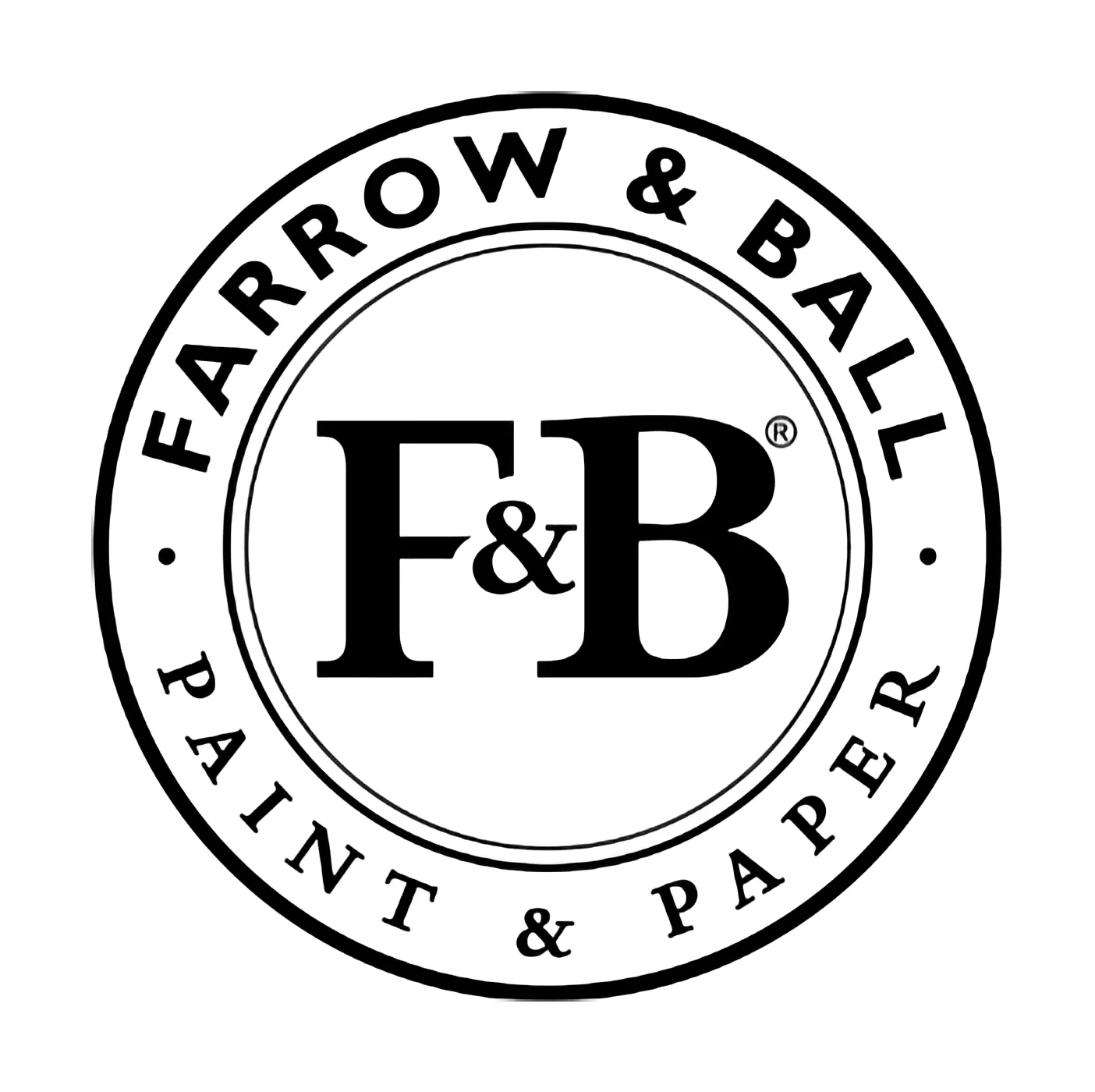


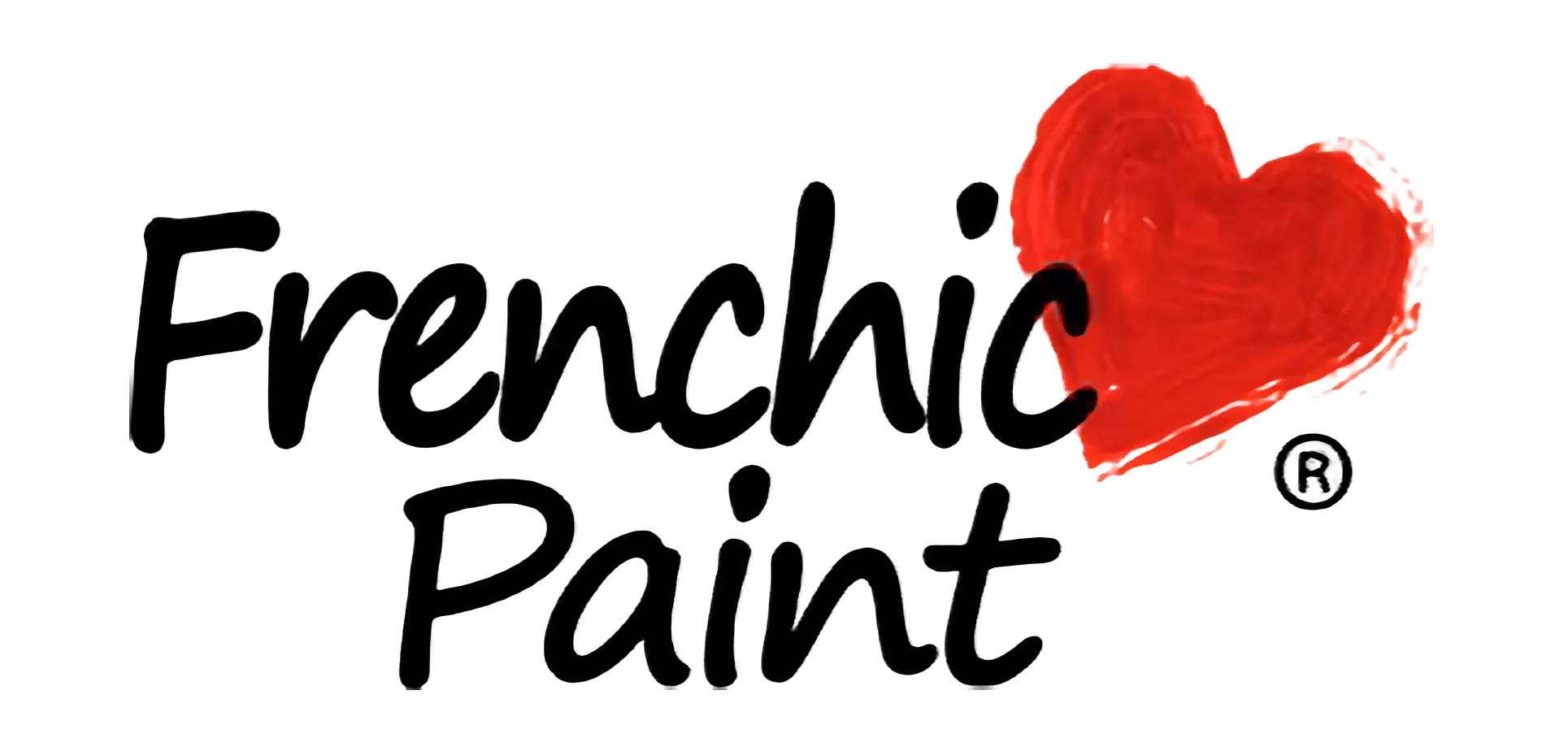

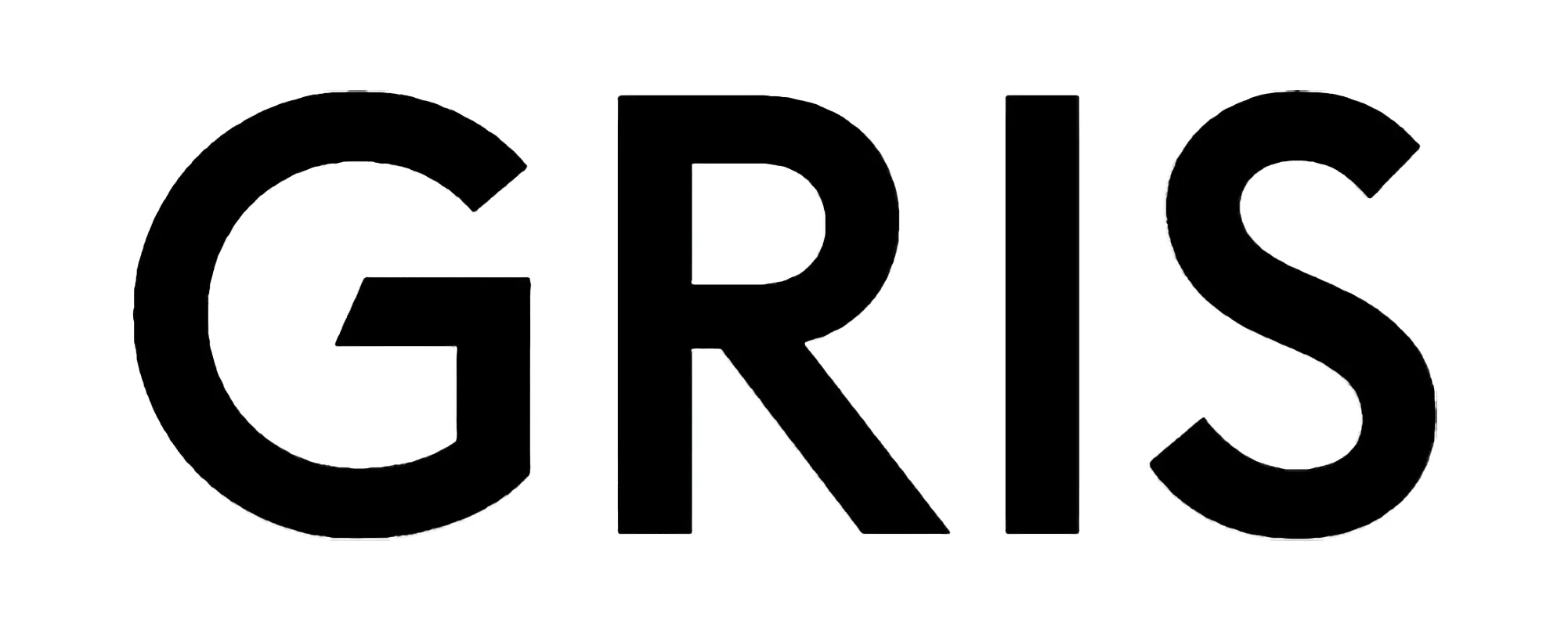
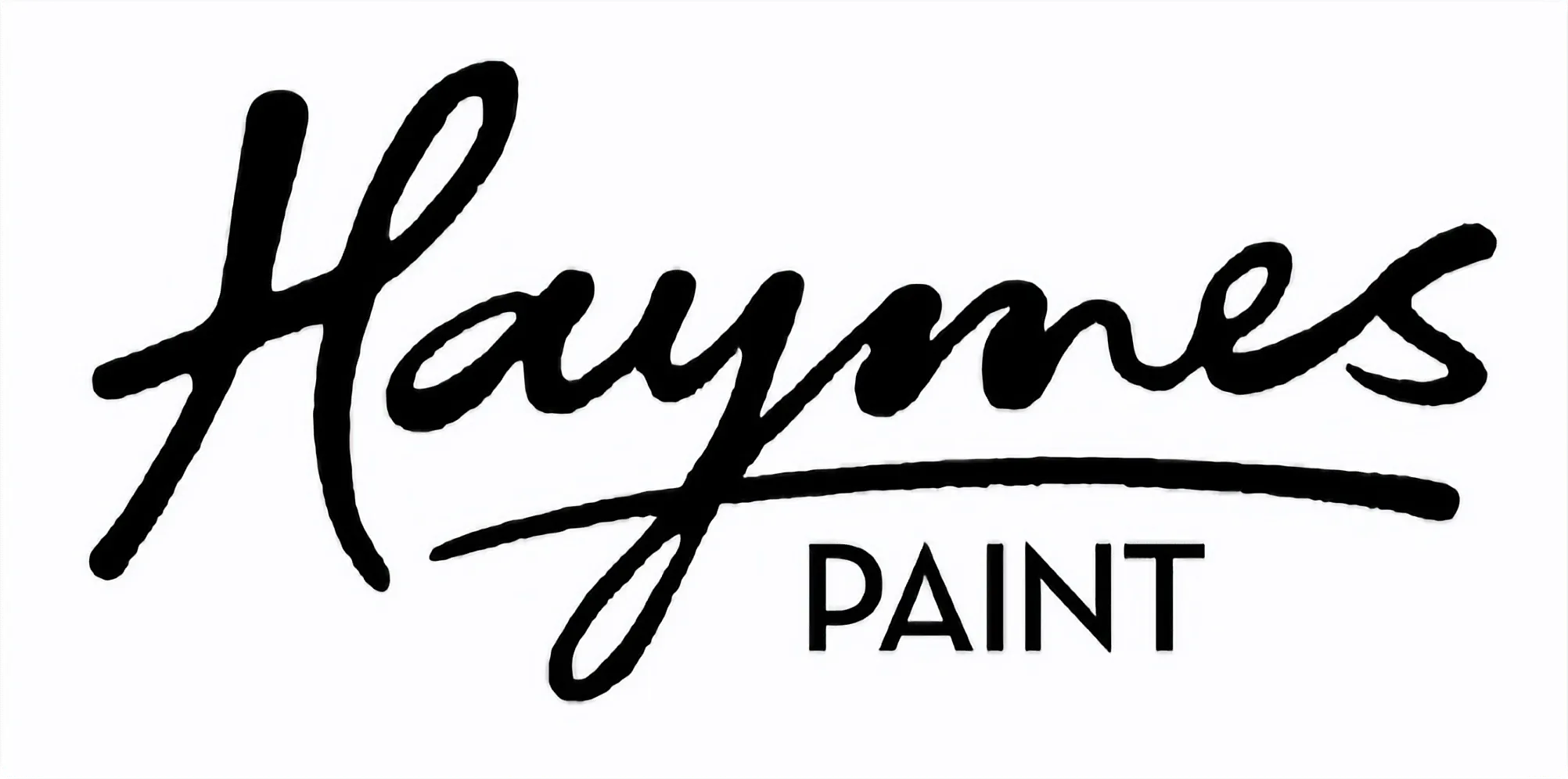
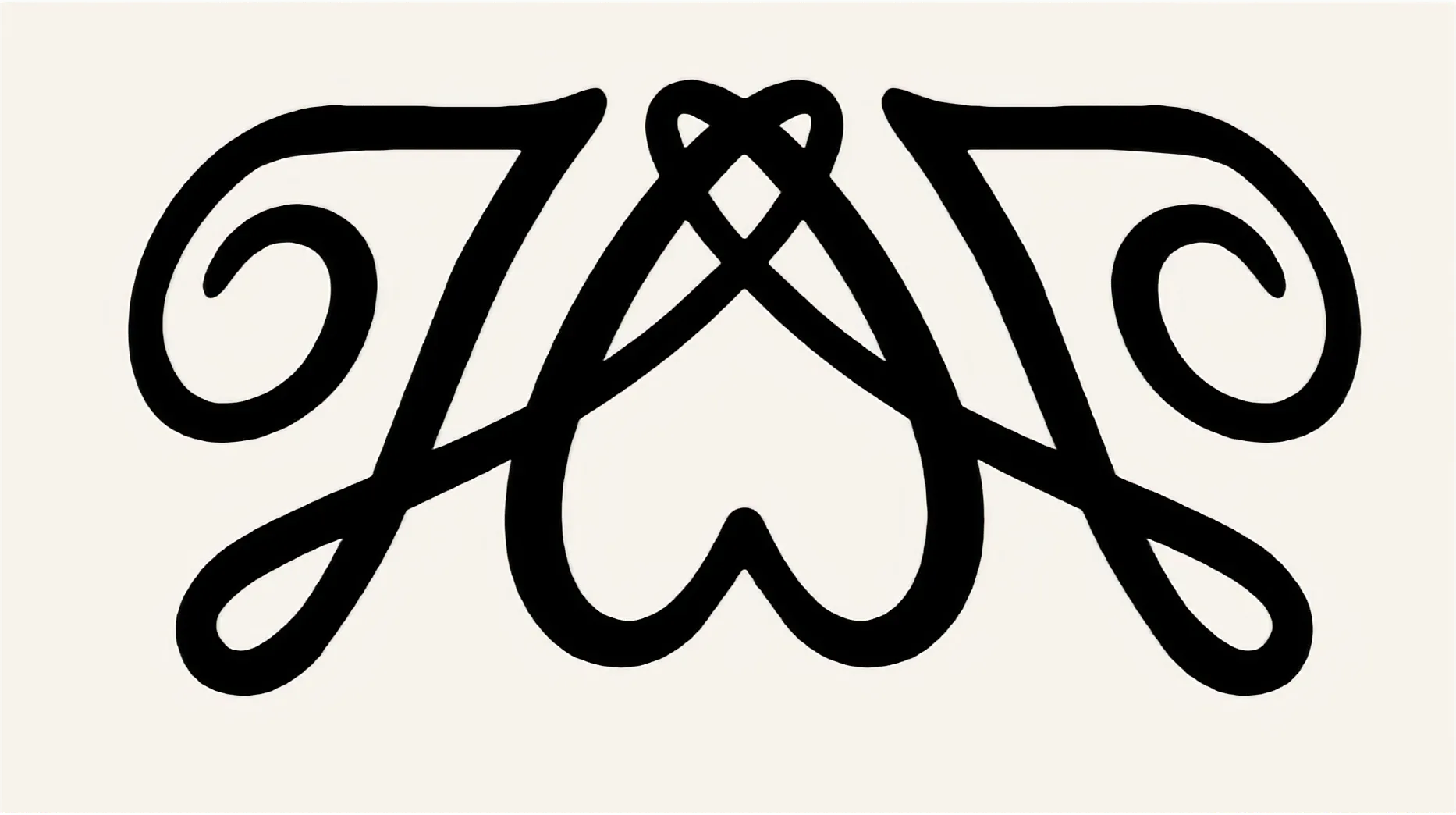











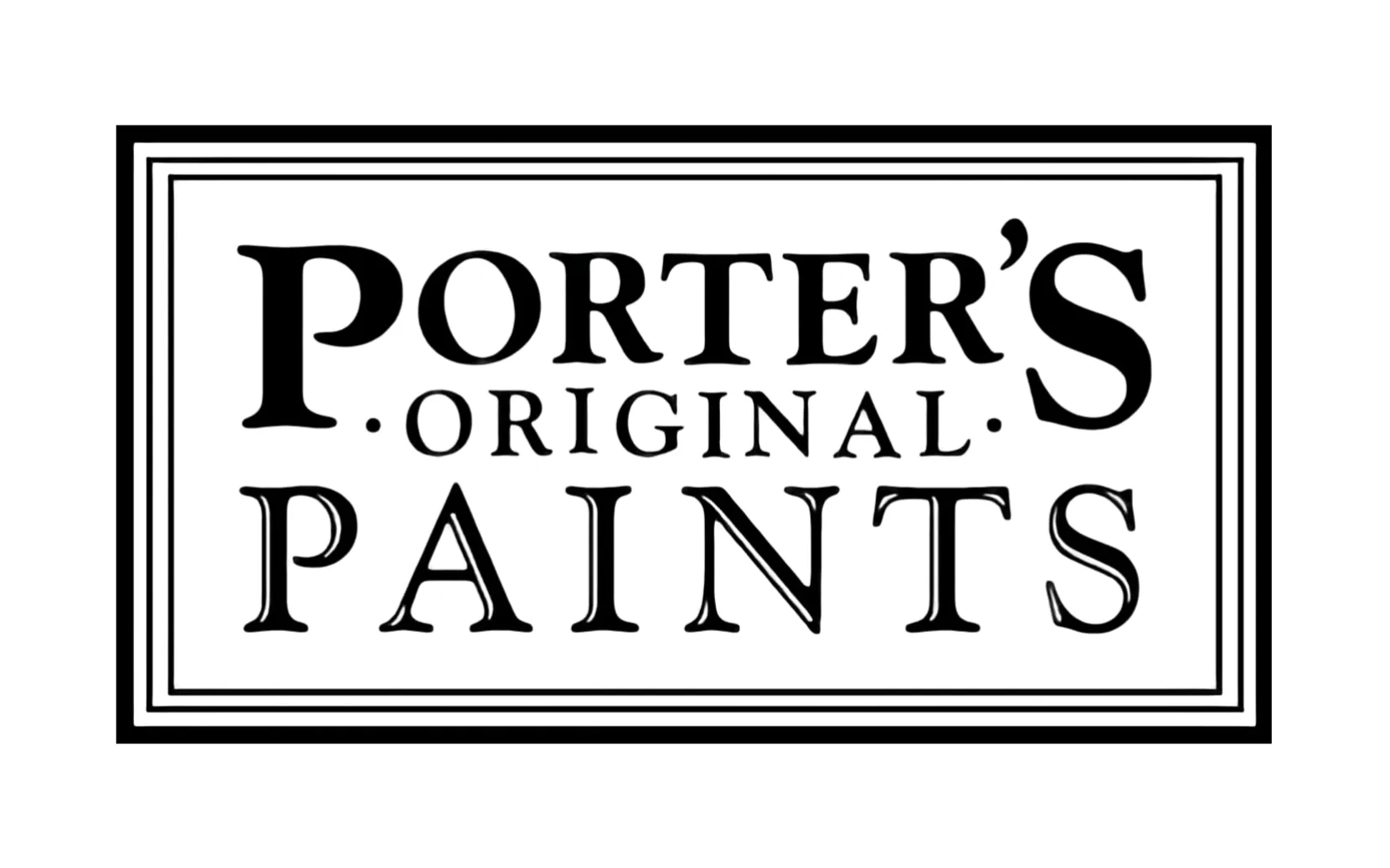








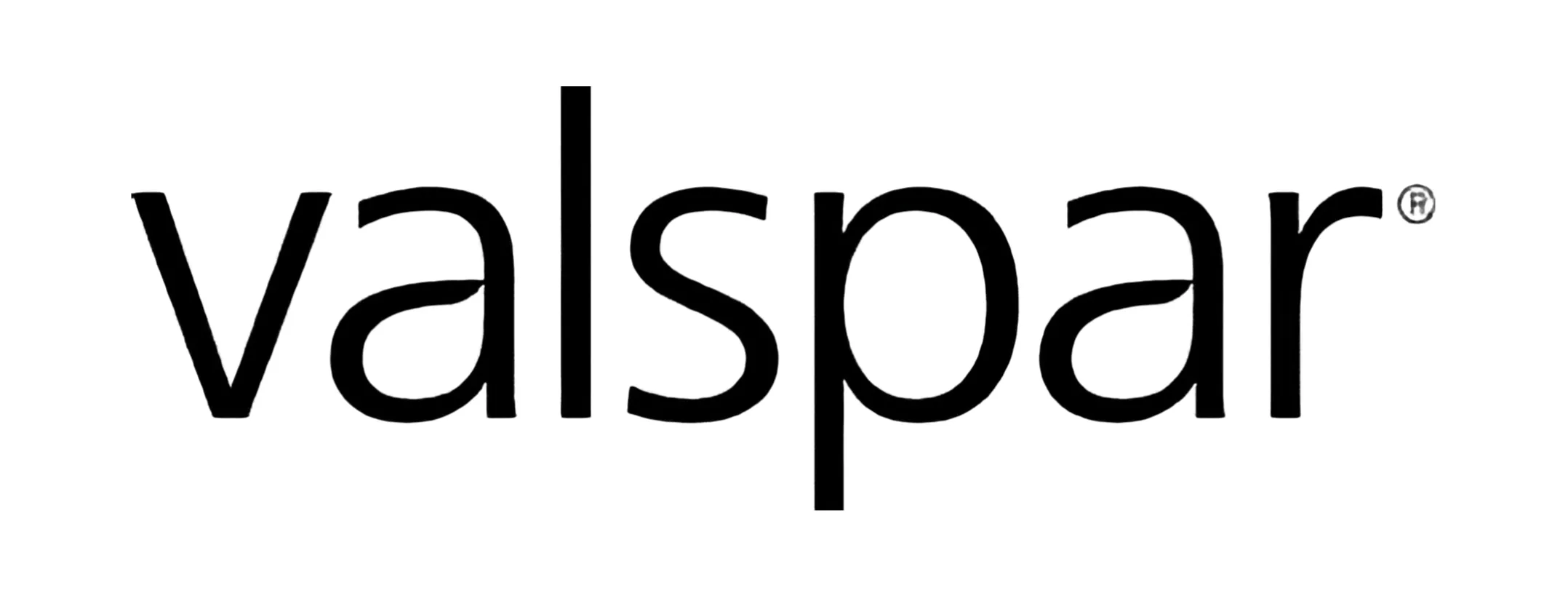
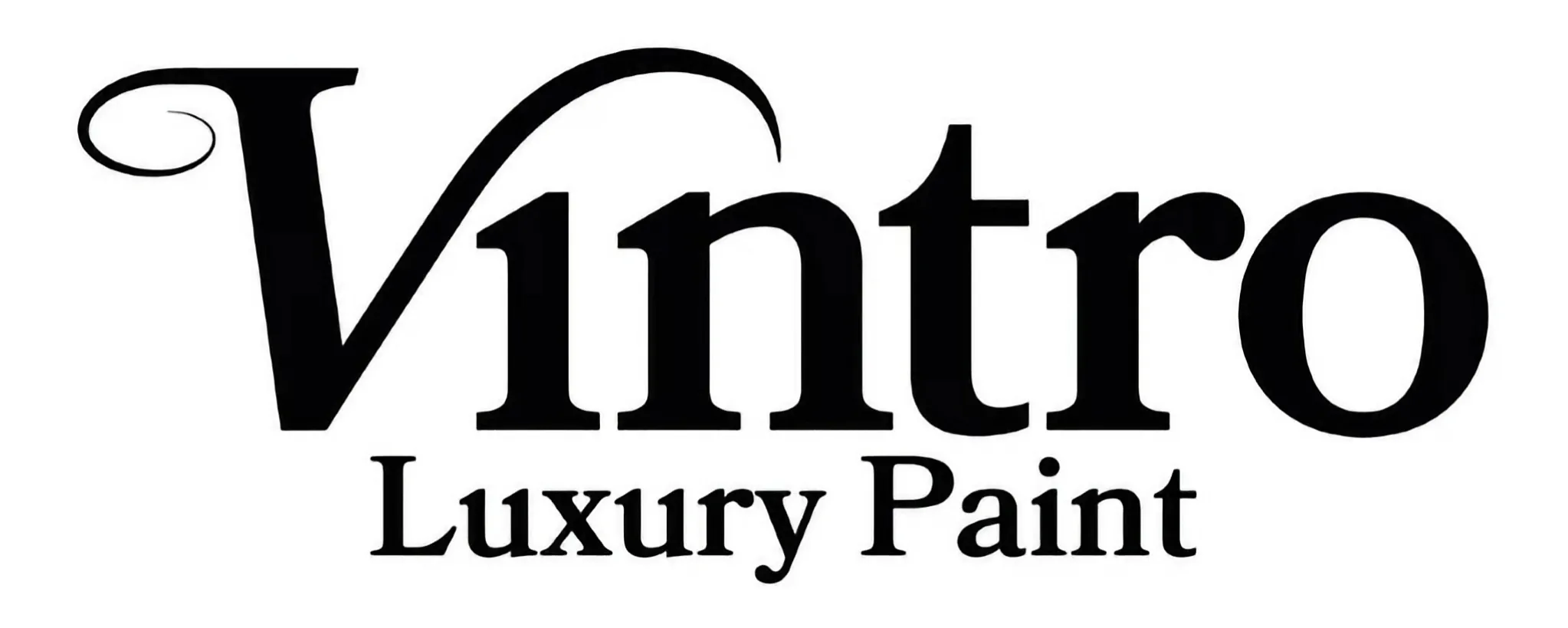



















































Stay Updated
Get industry insights, feature updates, and growth tips delivered to your inbox.
© 2025 PaintQuote Pro. All rights reserved.
Payments securely processed by Stripe


